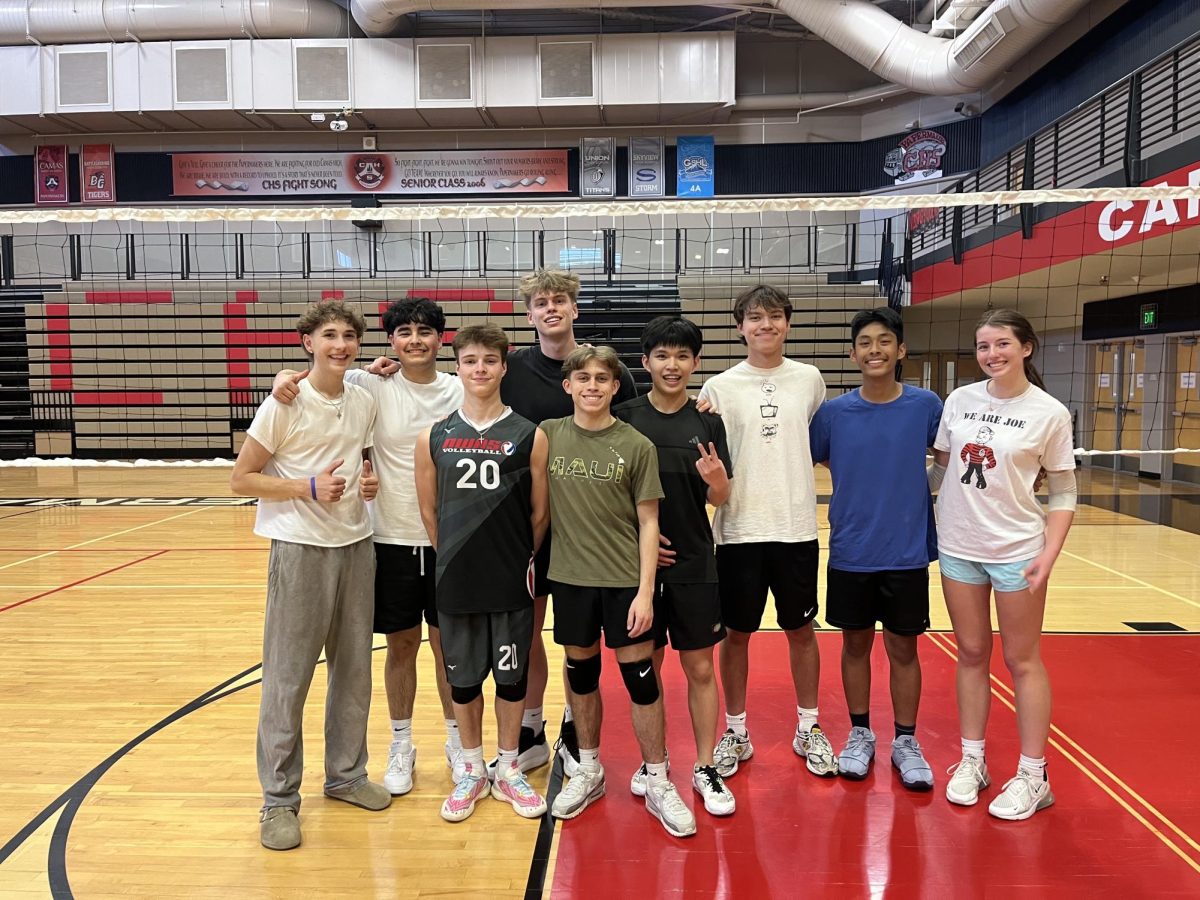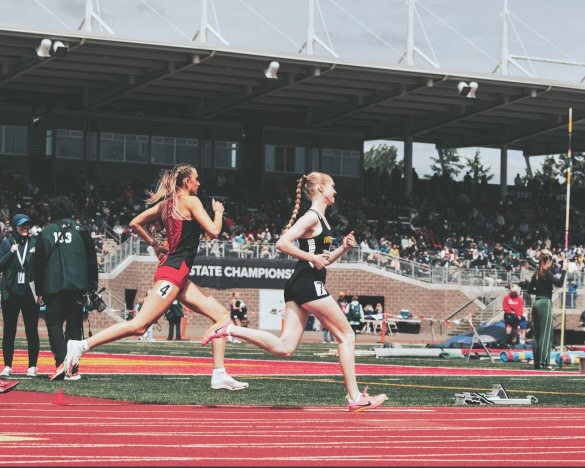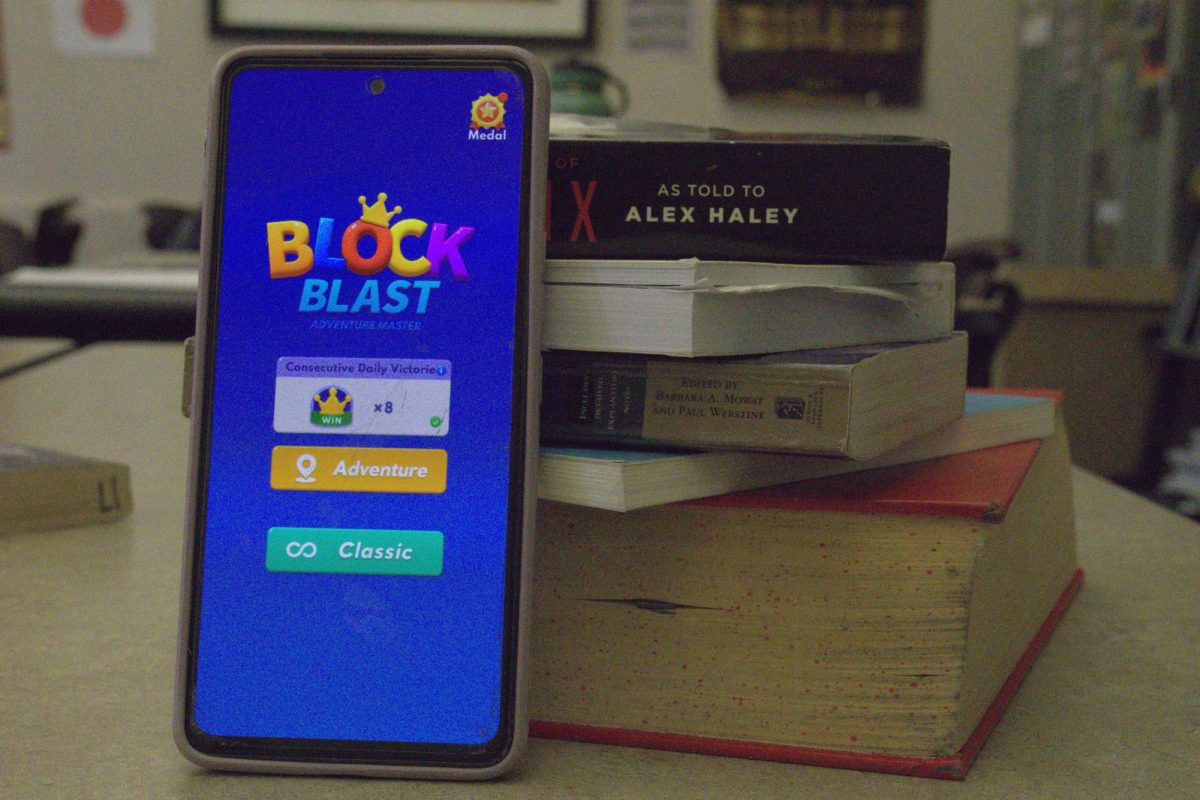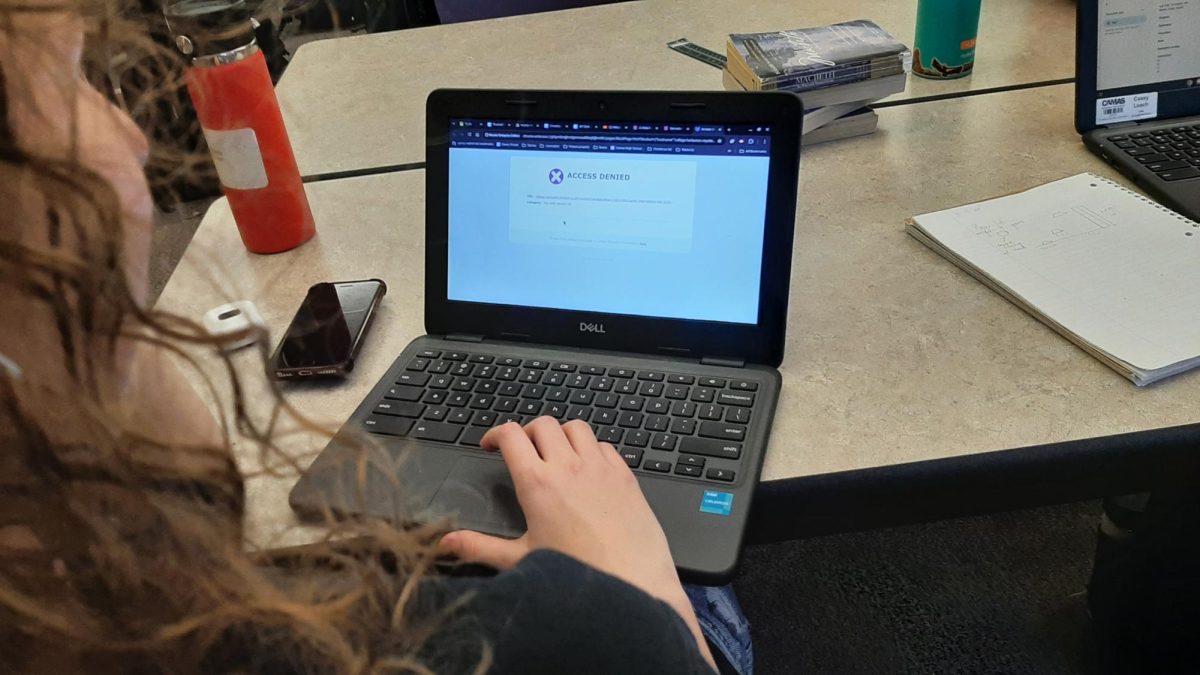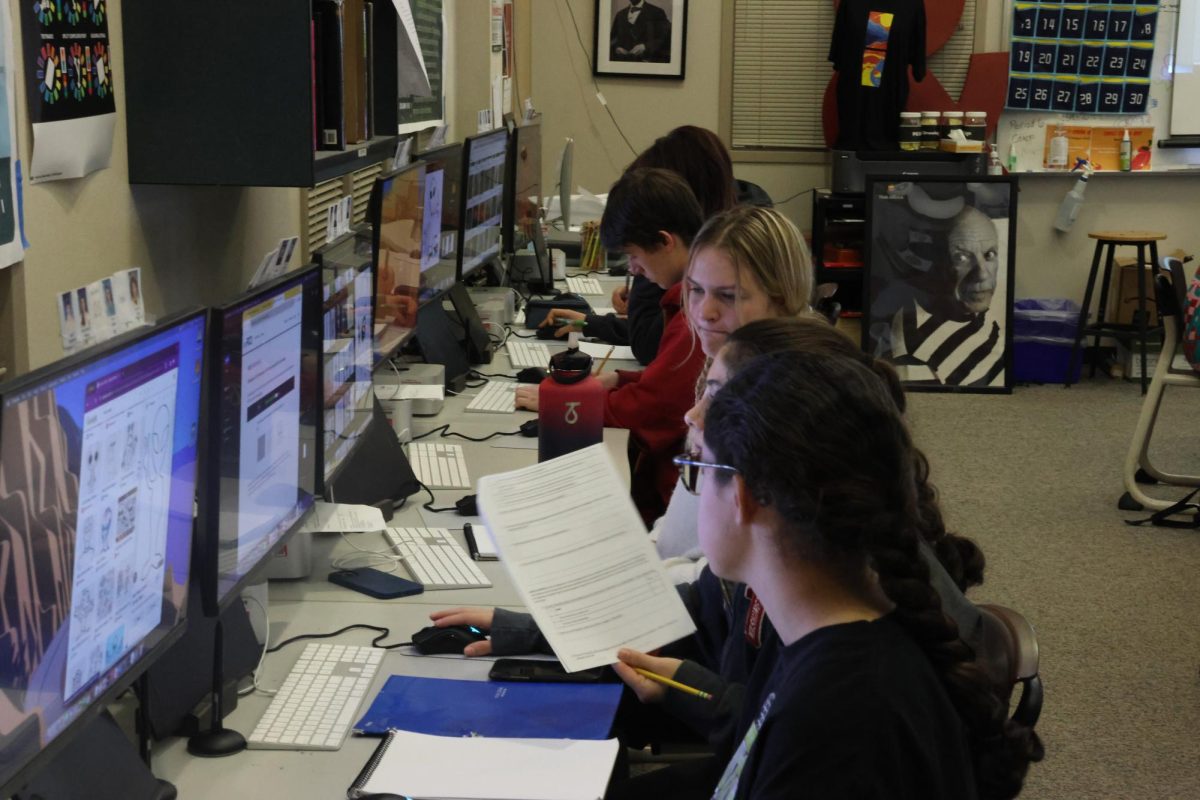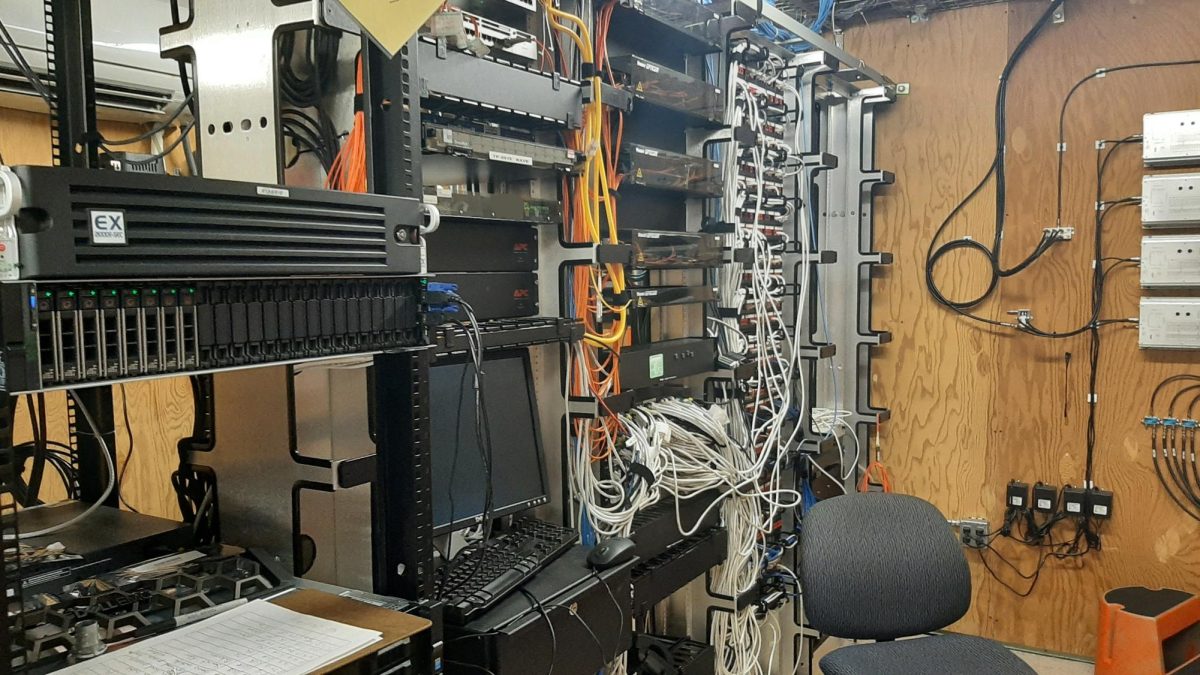With the rise of AI chat technology, there immediately became an urgent concern about the legitimacy of schoolwork. Suddenly, students could write entire essays in seconds, with little thought, just by asking a computer. With this issue came a need for a solution. AI checkers were created for academic integrity, for example, the site Turnitin. This, however, gave way to a new problem: false-positive results on AI checks in student work.
Camas High School (CHS) teacher Adam Webber, who teaches various computer and technology-related subjects, clarified what an AI checker is. He said it is an AI made to predict when another AI is being used.
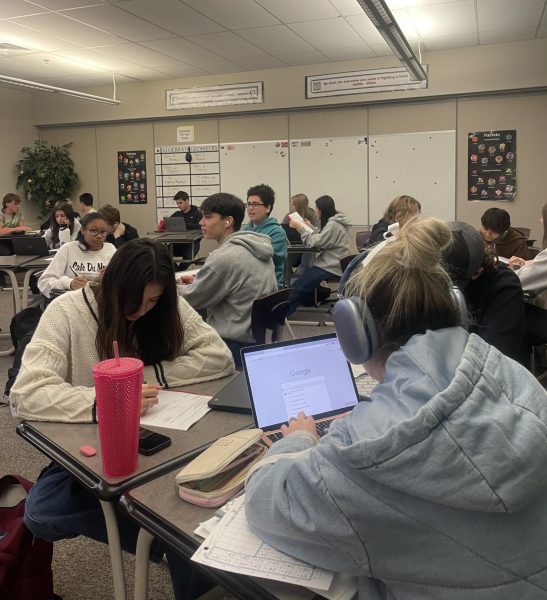
The AI locates patterns in a large sample of other work known to be AI-generated and finds any similarities in additional work. If the writing examined is similar enough to what the AI has seen before, it gets flagged as computer-generated.
Beyond that, Webber mentioned how, as a teacher, he does not find much use in such checkers. He said that while he thinks it is fair to use as a teacher, he would not base punishment solely on what an AI checker reported because of their relatively large potential to make mistakes.
“From my experiences, it’s a lot easier for me to know my students’ ability level. If they give me something that’s way beyond their ability level, then it’s pretty obvious [it’s plagiaraized],” Webber said, “I think AI detectors are putting a temporary solution on a bigger problem.”
Students at CHS also have issues with these checkers, calling for a more solid basis to accuse someone of using AI.
“I think once someone has been accused, there should be much more in-depth research into their accusations than just blatantly following the detector,” junior Joshua May said.
To bring up a more tangible example, CHS junior Zachary Issacs had some of his writing wrongly flagged as AI-generated last year. For him, this meant a zero in the gradebook, which severely impacted his grade. It also posed a significant inconvenience, taking time and effort to talk about it with the teacher, convincing them that the work was not AI-written, and coming to a compromise.
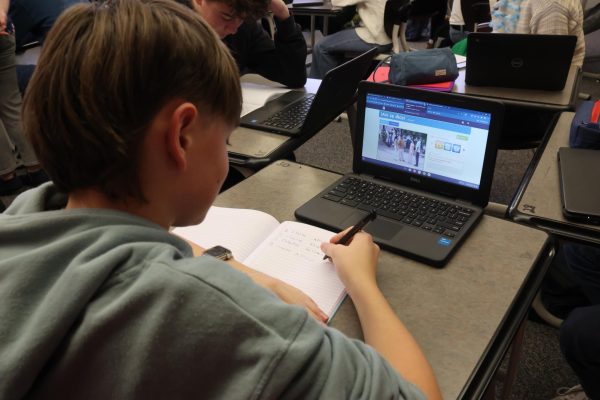
“It kind of changed the relationship between me and the teacher because she thought that I was using AI,” Issacs said.
He is entirely against using these checkers, at least in their current state, citing their inaccuracy.
While there is no solid solution to AI-generated schoolwork, many believe that AI checkers are not tangible solutions to the issue at hand: plagiarism. Teachers now fear a drop in students’ critical thinking with the development of sites such as ChatGPT. Although AI checkers often make mistakes, they are seemingly the only solution now.














